A Recipe for Success: Experimental Archaeology and Paint Making
One of the most frequently asked questions during a rock art site tour is, “How did these ancient artists create the paints they used?” And we usually throw the question right back and ask, “How would you create a paint if you were a hunter-gatherer living 4,000 years ago without Home Depot, Walmart, or a Sherwin Williams store around?” This usually gets people to ponder the question, at which point we give hints like, “There are a few basic components of any liquid paint: the pigment, the binder, and an extender or emulsifier. What natural resources do you think could be used for these purposes?”
Understanding how the paints were created is valuable information because it reflects how people interacted with their environment. Around the world and throughout time there have been many different ingredients used in the creation of paints, always depending on the resources available and cultural trends. For decades, archaeologists working in the Lower Pecos were focused on understanding the meaning or function of the pictographs. However, in the 1980s archaeologists began investigating how the paints were made.
The following blog takes the reader on a journey of a paint-making experiment carried out by Dr. Carolyn Boyd in her undergrad days at Texas A&M University, and addresses the question, “How did these ancient artists create the paints they used?”
The Pigments
The Binder
The next step in the process was to add a binder to the finely ground pigment. A binder holds all of the pigment particles together, and also allows the mixture to adhere to a surface (in our case, a limestone shelter wall). In other words, you need something sticky. Indigenous peoples in North America used a variety of organic substances as binders: blood, egg whites, sap from plants, or animal fat (Christensen and Dickey 1996). As an artist, Carolyn knew the paint needed to be slow-drying to remain workable for extended amounts of time as well as homogenous and fluid to execute delicate, continuous lines. The binder also needed to be colorless for the creation of yellow and white pigments. Finally, the size of many Pecos River Style murals necessitated large amounts of paint to be made at one time. These criteria eliminated blood, egg whites, and sap from the list of potential binders.
Ethnographic accounts from California reported the use of deer bone marrow as a paint binder (Malainey 2010). Bone marrow in a healthy deer is white or has no color, is almost pure fat (95%), and the greatest concentration exists in the long bones (Boyd and Dering 2013). Armed with this idea, Carolyn started frequenting the College Station meat market and would request fresh deer legs with no meat attached – she got a few strange looks to say the least!
The Extender/Emulsifier
Carolyn knew she needed to add an extender to the mixture, something that would add volume and liquid to the paint to make it more fluid. One of the easiest extenders is water, and since it was in ready supply at Carolyn’s house, she added it to the pigmented marrow. Once again, it became apparent that water would not adequately thin the paint since bone marrow is not water soluble. As is typical with experimental archaeology, we often find that our initial ideas do not pan out as we might expect, and we are forced to think about other solutions.
Frustrated, Carolyn stopped working with the goopy mess and went to the sink to wash up. As she added soap to her hands the thick, unworkable pigmented bits of fat on her fingers turned to a thin, silky, beautiful oil-based paint. Carolyn still remembers the scene vividly – Phil, her husband, was sitting at the kitchen table and she lamented to him, “Well if only they had soap…”, and to Carolyn’s surprise Phil quietly replied, “Of course they did – Yucca!”
The Scientific Method, Experimental Archaeology, and Why Does This Matter?
References Cited
Boyd, Carolyn and J. Phil Dering
2013 Rediscovering Ingredients in Paintings of the Pecos River Style. In Painters in Prehistory: Archaeology and Art of the Lower Pecos Canyonlands, edited by Harry J. Shafer, pp. 180-181. Trinity University Press, San Antonio.
Christensen, Don and Jerry Dickey
1996 The Pictographs of the Eastern Mojave Desert of California and Nevada: An Initial Investigation. Pacific Coast Archaeological Society Quarterly 32 (2 and 3):1-81.
Gajdusek, D. Carleton
1954 Tarahumara Indian Piscicide: Gilia macombii Torrey. Science 120 (3115):436
Hyman, Marian, Solveig A. Turpin, and Michael E. Zolensky
1996 Pigment Analysis from Panther Cave, Texas. Rock Art Research 13(2):93-103.
Koenig, Charles W., Amanda M. Castaneda, Carolyn E. Boyd, Marvin W. Rowe, and Karen L. Steelman
2014 Portable X-Ray Fluorescence Spectroscopy of Pictographs: a Case Study from the Lower Pecos Canyonlands, Texas. Archaeometry 56:168-186.
Malainey, Mary E.
2010 A Consumer Guide to Archaeological Science: Analytical Techniques. Springer Publishing, New York.
Mawk, E. Joe
1999 Reexamination of Ancient DNA in Texas Rock Paintings. Unpublished Ph.D. Dissertation, Department of Anthropology, Texas A&M University, College Station, Texas.
Parsons, Elsie Clews
1996 Pueblo Indian Religion. Vol. 1. University of Nebraska Press, Lincoln
Reese, Ronnie L., Marian Hyman, Marvin W. Rowe, James N. Derr, and Sintrel K. Davis
1996 Ancient DNA from Texas Pictographs. Journal of Archaeological Science 23(2):269-277.
Tedlock, Barbara
1983 Zuni Sacred Theater. American Indian Quarterly 7(3):93-110.
Zolensky, Michael
1982 Analysis of Pigments from Prehistoric Pictographs, Seminole Canyon State Park. In Seminole Canyon: The Art and Archaeology, edited by Solveig A. Turpin. Texas Archeological Survey Research Report No. 83, pp. 277-284. University of Texas, Austin.
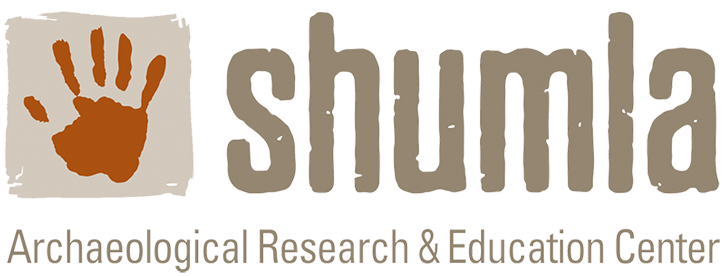

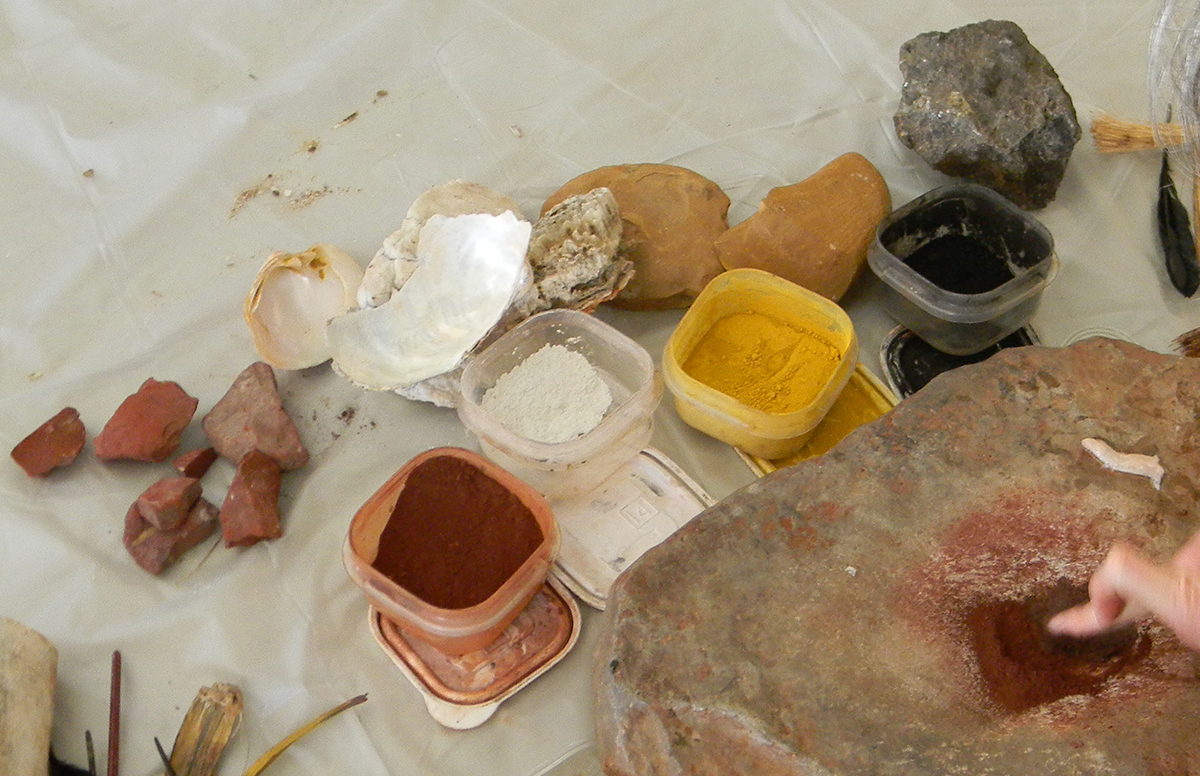
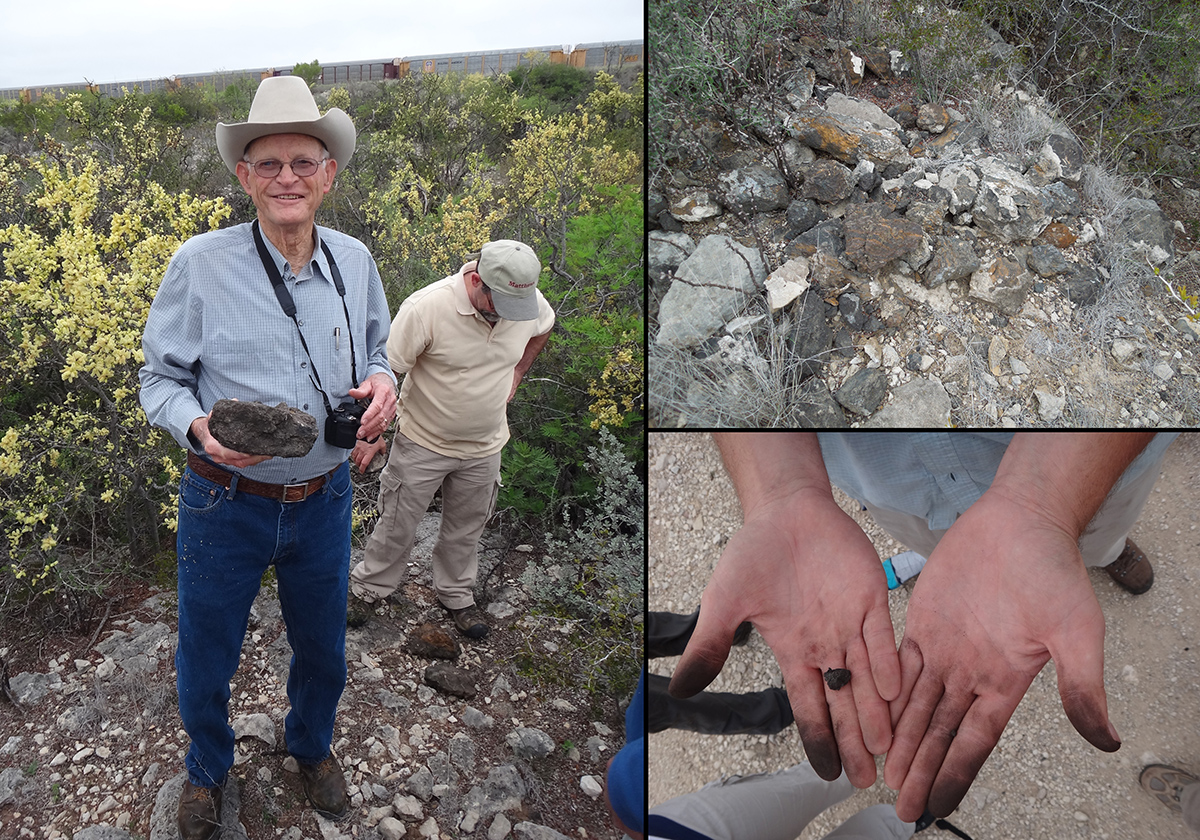
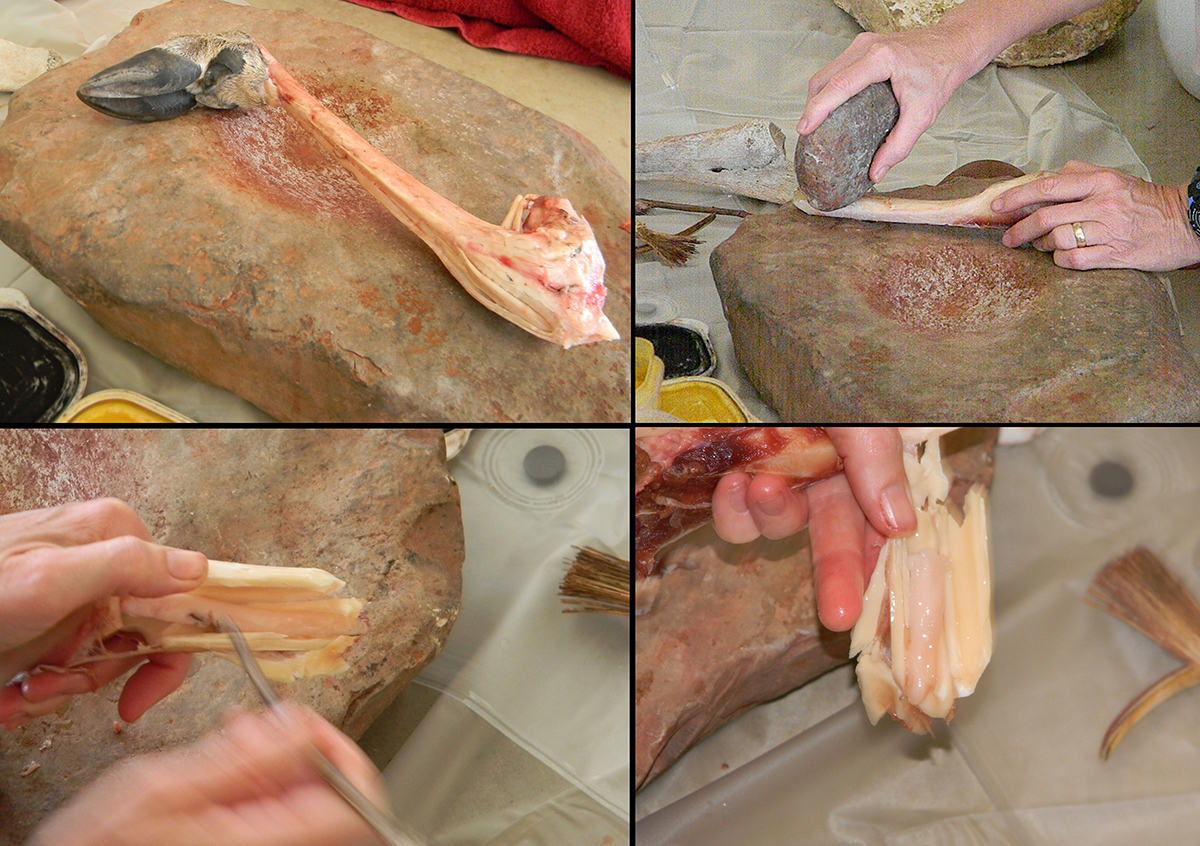
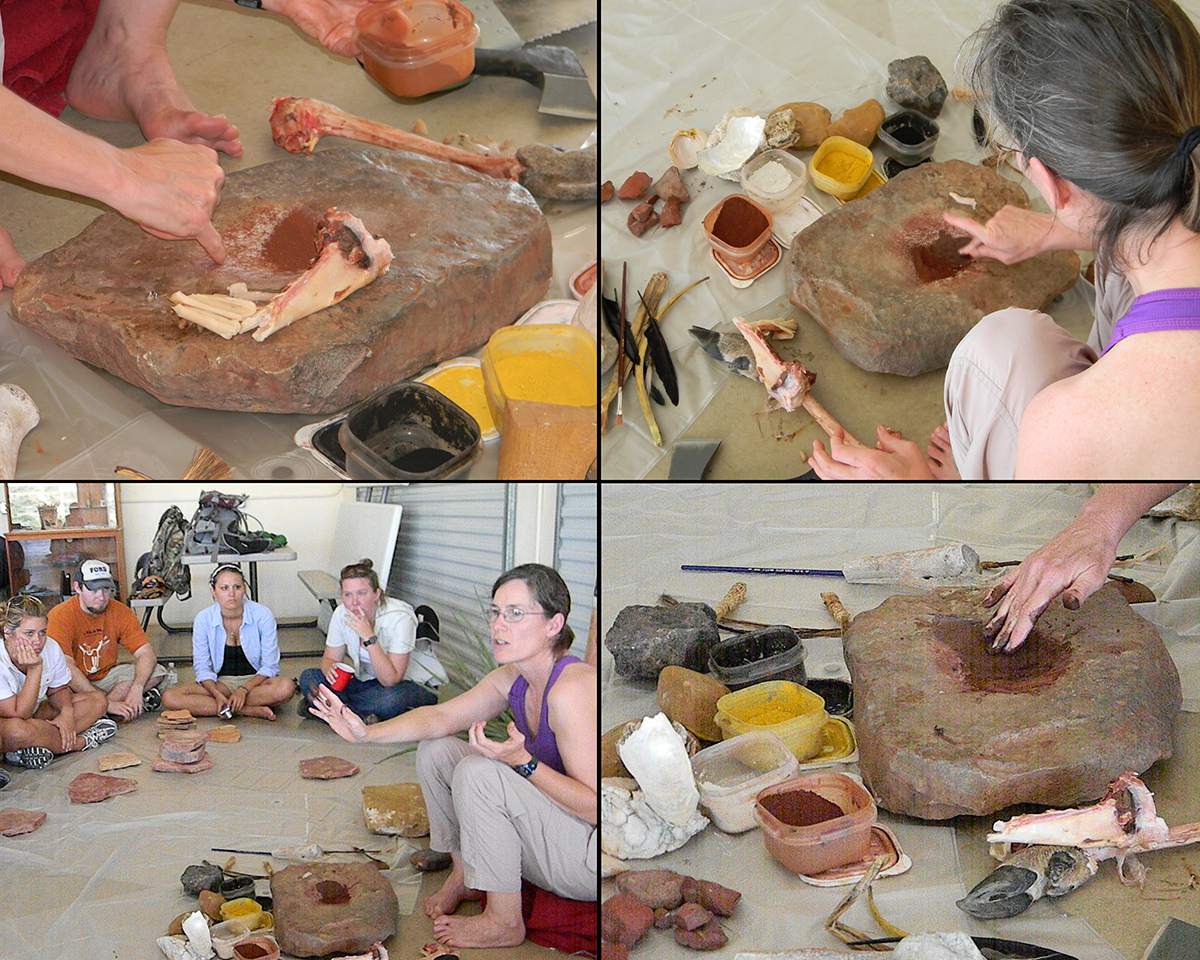
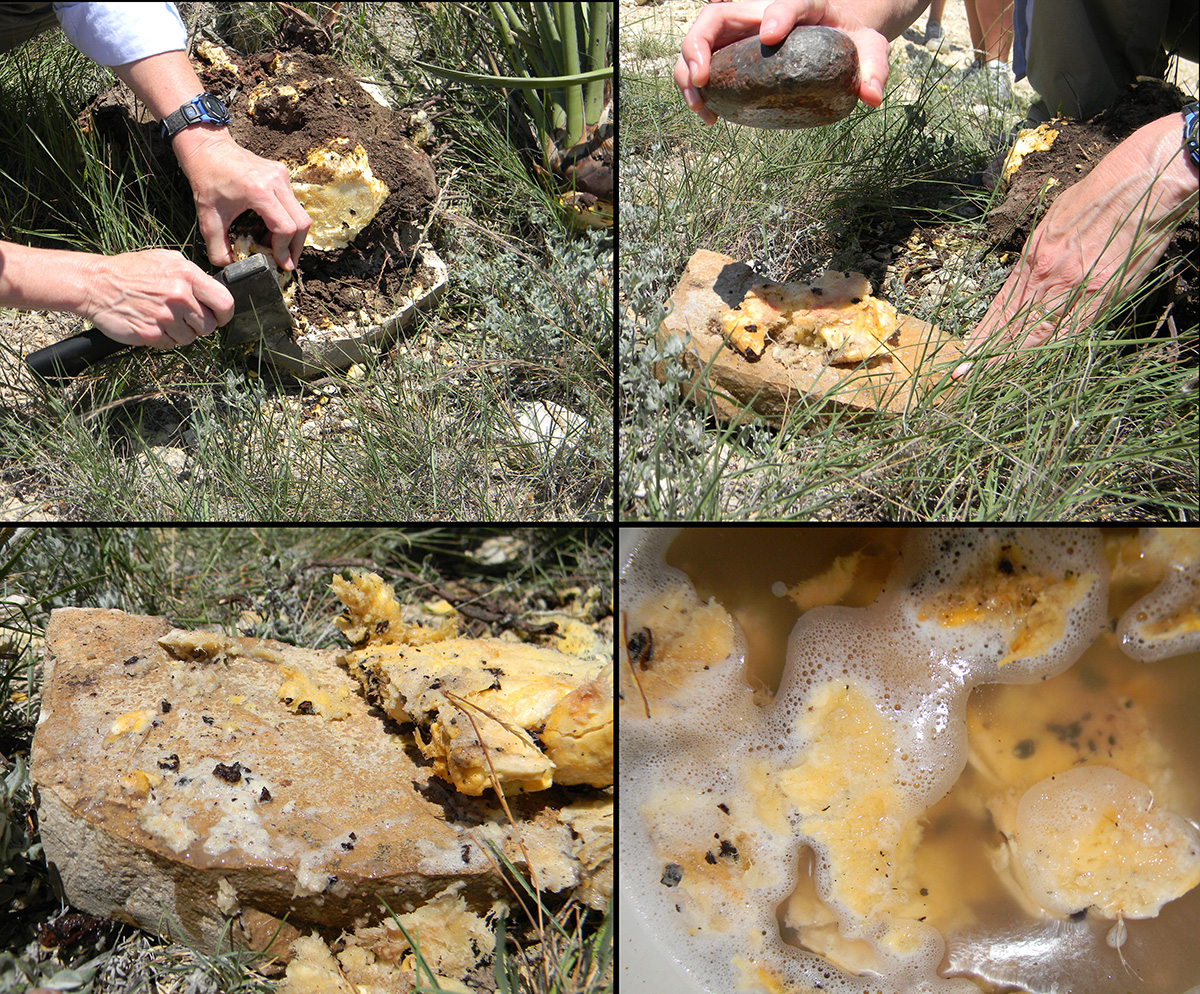
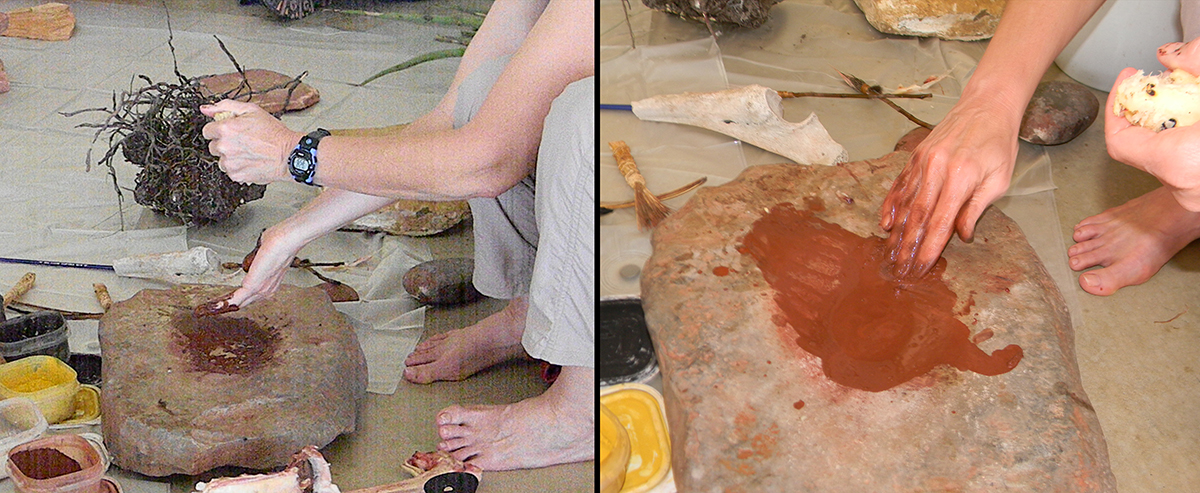
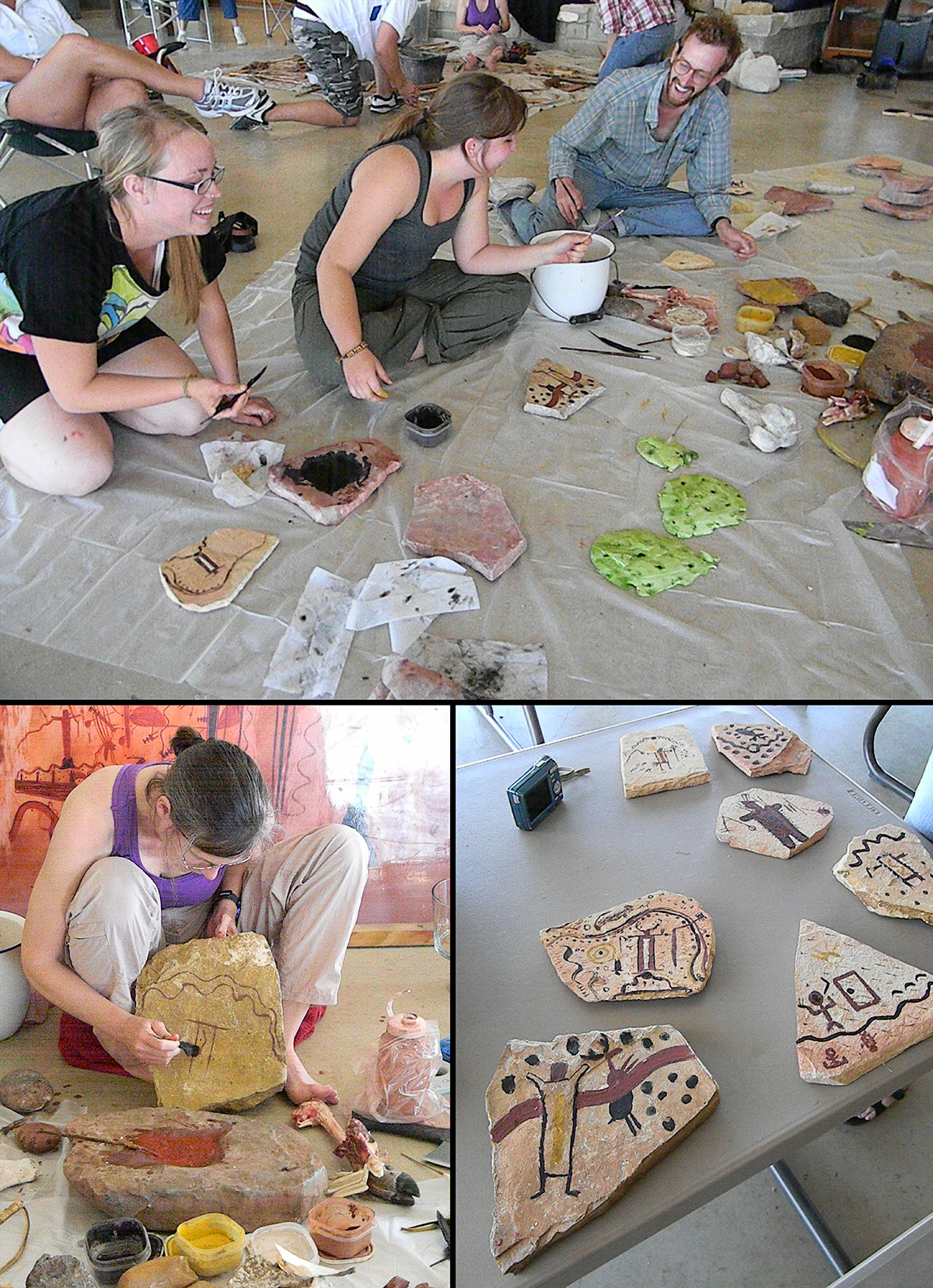
0 Comments